The 1891 World Chess Championship
The 1891 World Chess Championship was a significant event in the history of chess, marking another epic face-off between two of the era's greatest players, the reigning champion Wilhelm Steinitz and challenger Isidor Gunsberg. Held from December 9, 1890 to January 22, 1891, in New York, USA.
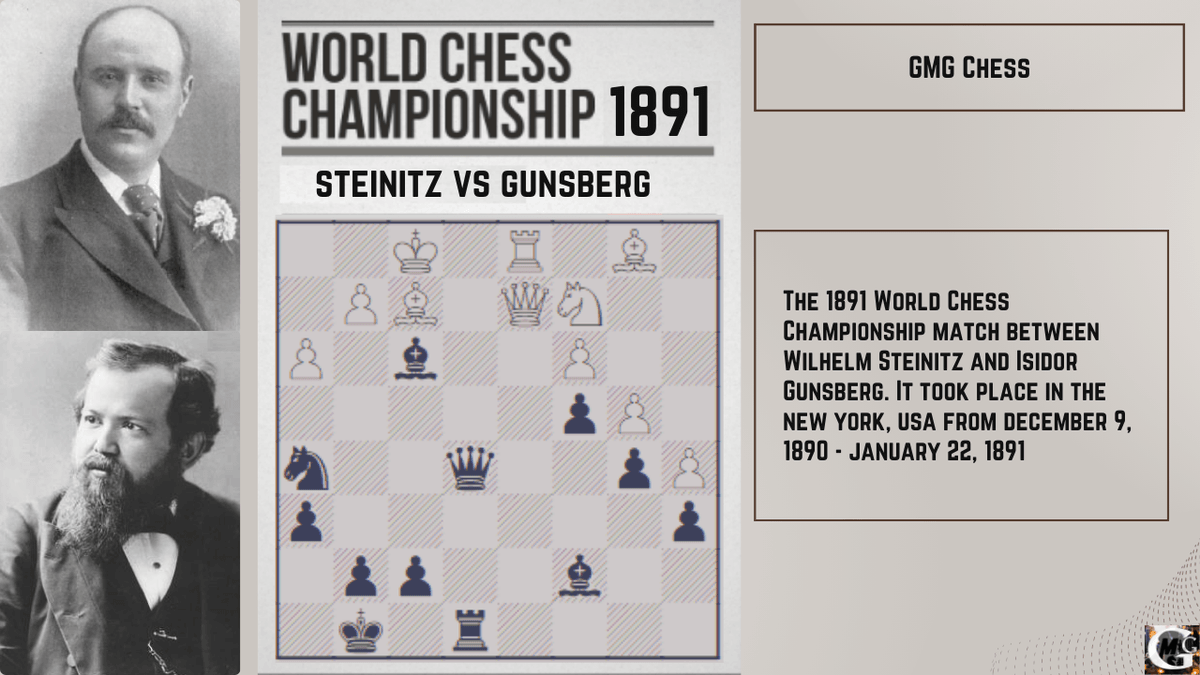
The match consisted of 19 games, played under the rules of the time, with the first player to win 10 games or get atleast 10.5 points (best of 20) declared the champion. The results of the games were as follows:
All the 19-games in our lichess blogs.

Final Result: Wilhelm Steinitz won the match with a score of 6 wins to 4 losses, and 9 draws, retaining his World Chess Champion title.
The 6-win games by Wilhelm Steinitz in our GMG Chess youtube channel.
This world championship match was a testament to the evolving strategies and deep intellectual capabilities of the competitors, further elevating the prestige of the World Chess Championship. Steinitz's triumph added another illustrious chapter to his long and storied career, maintaining his status as the leading figure in international chess.
Steinitz applied and revolutionized his approach in the game by emphasizing positional play and solid defense over the romantic and tactical style prevalent at the time. This approach laid the groundwork for modern chess strategies, like strong foundation (strong center), king safety, piece activity, exchange principle, strategica planning and adaptability.
Before we end, let's us see the key games and tactical fireworks in the match:
Game 2: It set the tone for the intense rivalry between the players, after game 1 draw
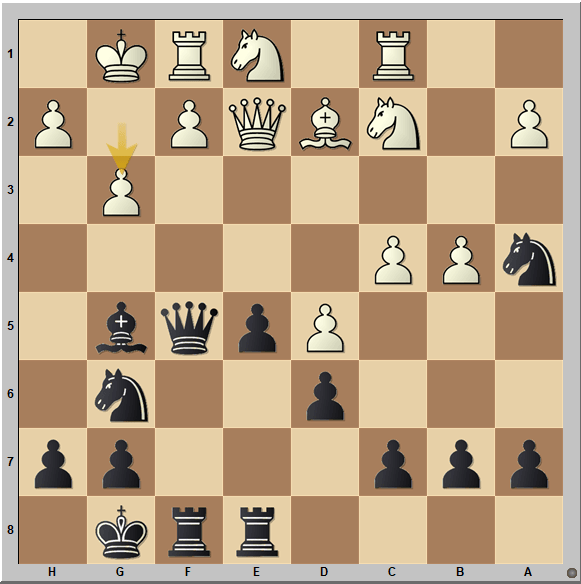
In the diagram above, Steinitz played played 18...Nc3! 19. Bxc3 Bxc1 exchange up and converted to win and taking the momentum.
Game 7: After series of win and lost with same 3/6 points, Steinitz took the lead by brilliant combination.
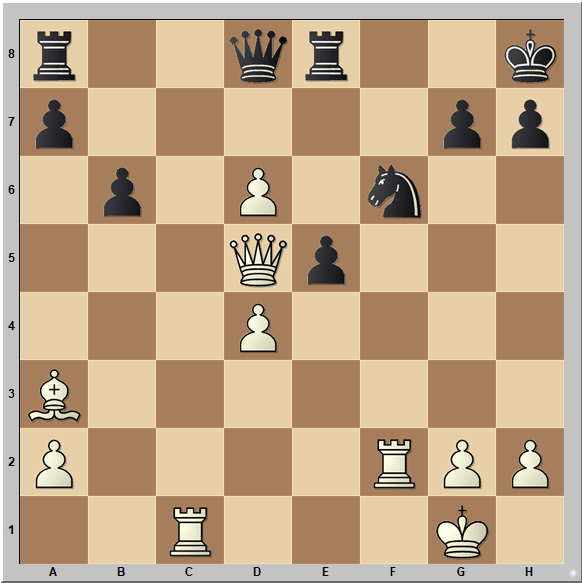
In the diagram above, Steinitz played 22. Rxf6!! +- gxf6 (If 22...Qxf6 23. d7 Red8 24. Qxa8! Rxa8 25. Rc8+ Qd8 26. Rxa8 Qxa8 27. Be7 then d8=Q) 23. d7, a brilliant move, creating a dangerous passed pawn and later on converted to win and taking the lead.
Game 18: After a string of wins and losses, Steinitz began to increase his lead.
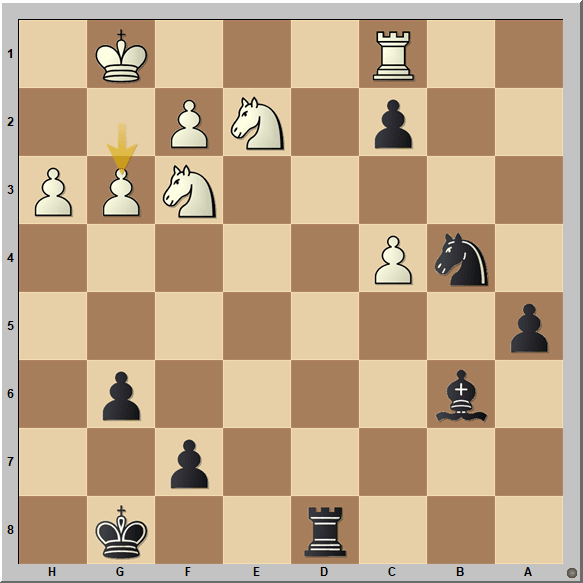
In the diagram above, Steinitz played 48... Bxf2+! 49. Kxf2 Nd3+ 50. Ke3 Nc1 51 Nxc1 Rd1 -+ and converted to win.
Game 19: Steinitz's managed to draw the game and retain the title.
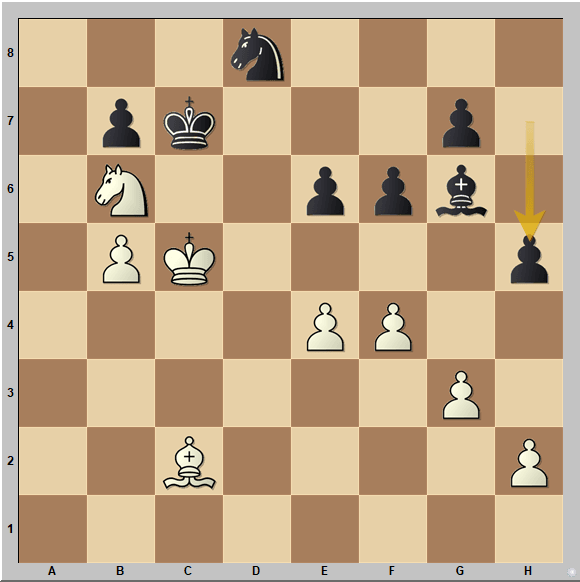
In the diagram above, Steinitzhas positional space advantage but they agreed to draw the game.
These games not only highlighted the competitive spirit of the 1891 championship but also underscored the evolving nature of chess strategies at the time. Steinitz’s eventual victory was not just a testament to his skill but also illustrated how tactical precision and mental fortitude were crucial in overcoming his formidable opponent.
Chess has always been more than just a game to us; it is a journey of self-discovery, a test of character, and a source of endless fascination and joy.
Thanks for reading and good luck to our chess and life journey.
by Coach Gerald Ferriol
